- Sep 9, 2022
- 10,847
- 4,974
- 938
This crash happened that by now few know of this tragic event. America lost a B-29 bomber in 1948 when it crashed into Lake Mead. This is the story.
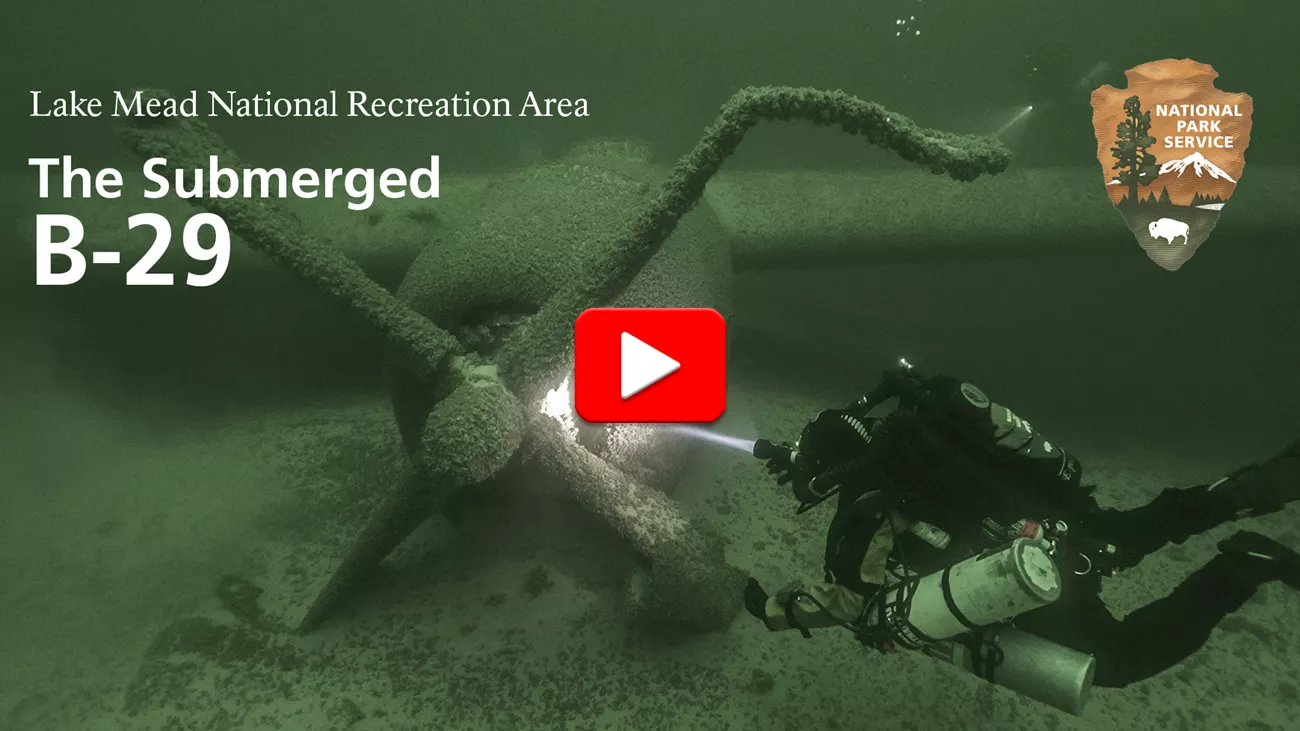

Follow along with the video below to see how to install our site as a web app on your home screen.

Note: This feature currently requires accessing the site using the built-in Safari browser.

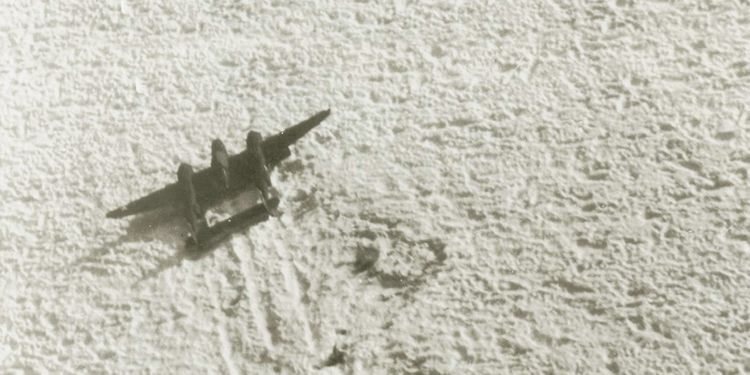
A B29 that landed on Greenland was repaired to flying condition but when the engines were run up prior to take off, the plane caught fire and was totally lost in the fire.
It was Greenland and there were no frozen bodies. The planes(2 x B-17 and 6 x P-38) did controlled crash landings and all the crews were rescued.I have heard of this. They found some Allied planes in Greenland or Iceland largely intact with the bodies still frozen, too.
Here it is:

Long Lost WWII P-38 Discovered Under 300 Feet of Ice in Greenland
The P-38 "Echo" is part of the Lost Squadron of aircraft that were forced to crash land in Greenland during a blizzard.www.popularmechanics.com
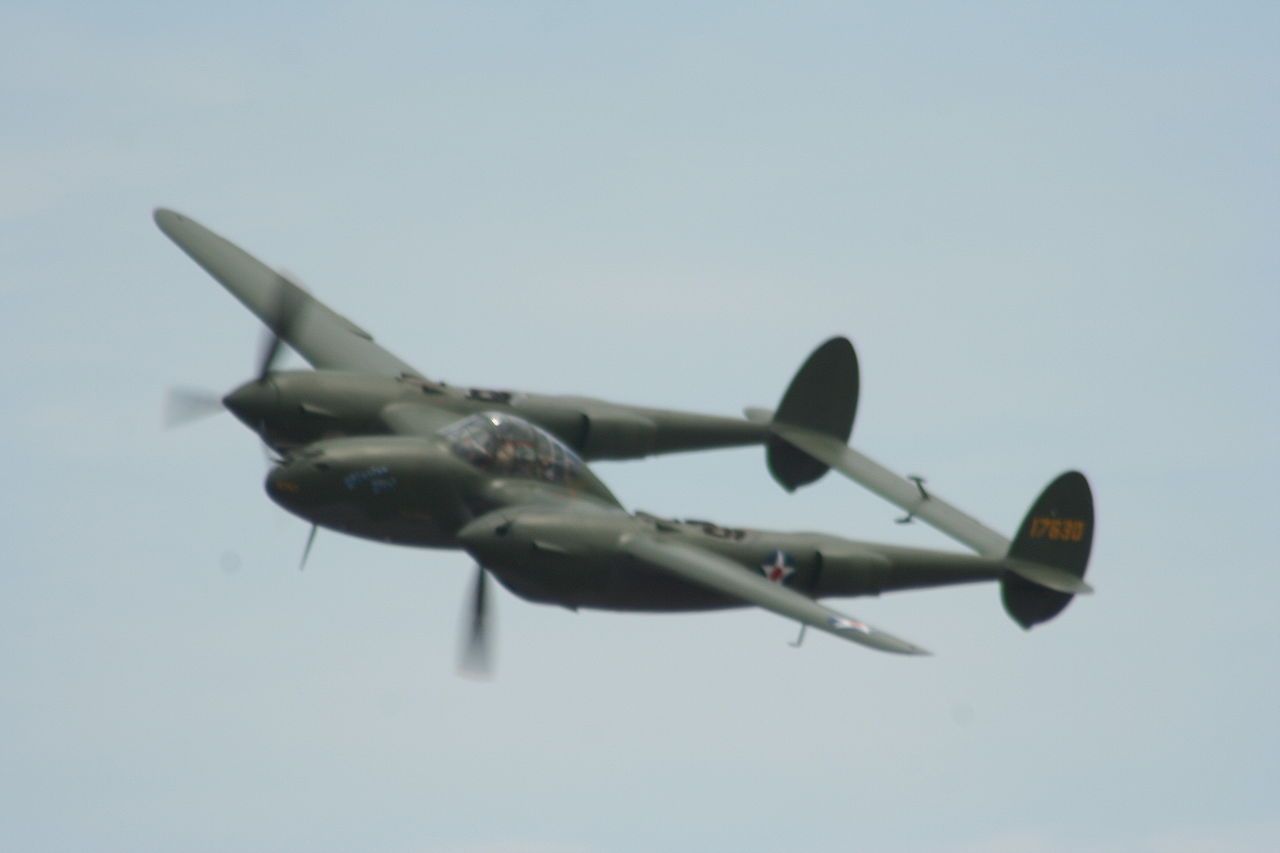
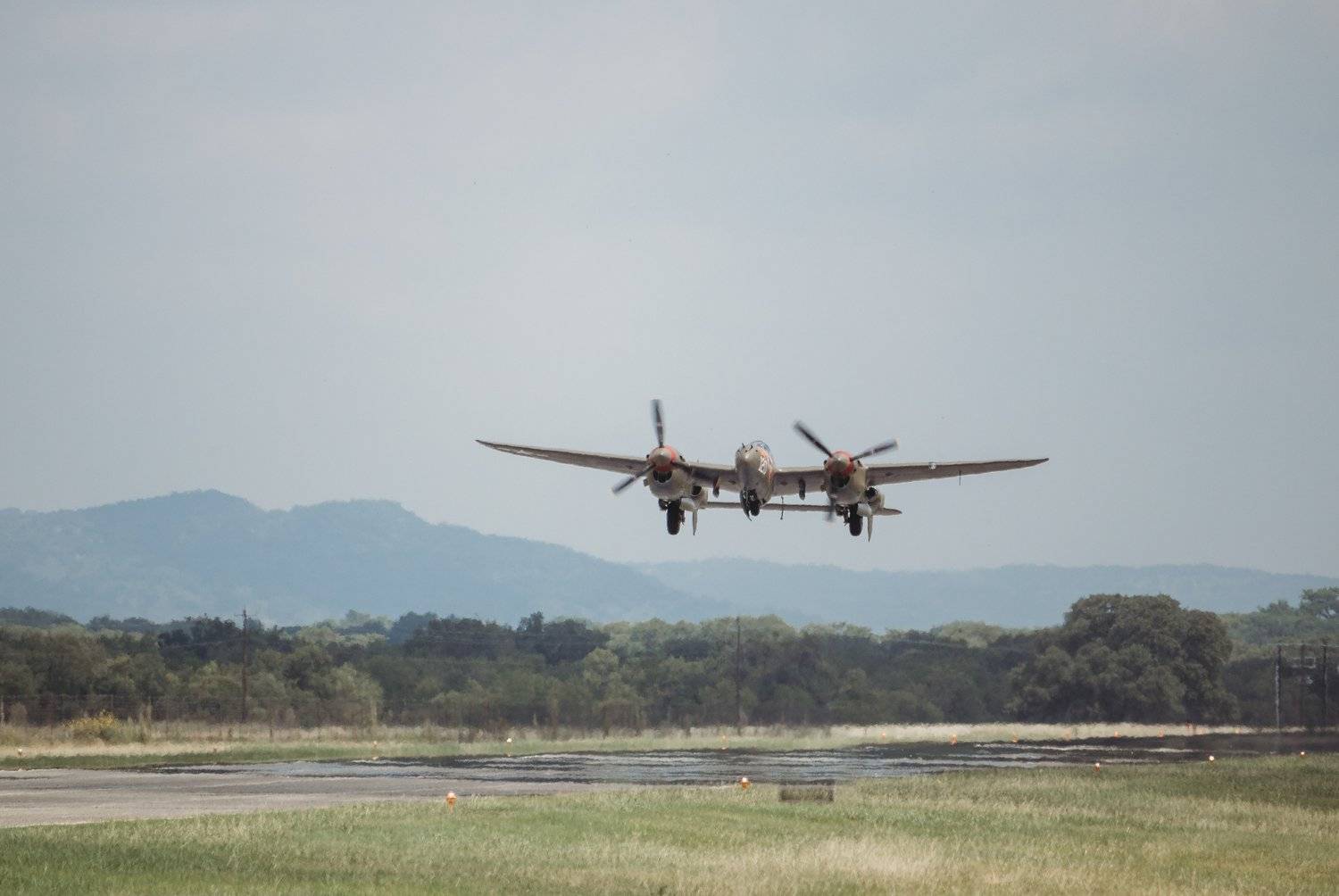
 p38assn.org
p38assn.org
The "Kee Bird", I remember watching a documentary on that shortly after it happened. It was sad they did so much work to recover it, then could do nothing but watch it burn.
It was Greenland and there were no frozen bodies. The planes(2 x B-17 and 6 x P-38) did controlled crash landings and all the crews were rescued.
One of the P-38s (out of six) has been recovered and restored to flying condition.
Glacier Girl;

Glacier Girl: The Back Story
How it got trapped in the ice, and how it got outwww.smithsonianmag.com

P-38F Lightning — Lewis Air Legends
lewisairlegends.com
Glacier Girl | P-38 Assn
p38assn.org
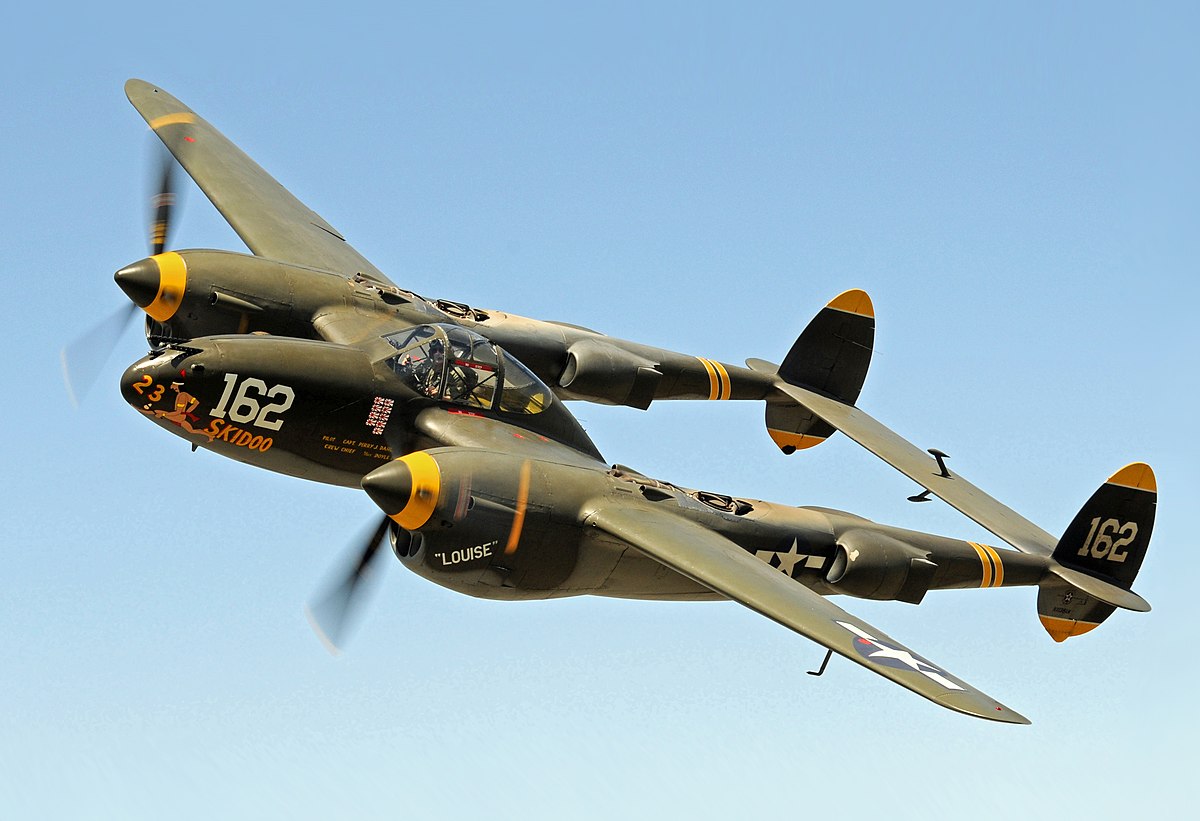
For that matter, IIRC, only mass production prop plane to ever feature this situation.
My high school Algebra teacher loved telling us his escapades flying the P-38 in WW2.By the time these aircraft were located 50 years after their landing, they were buried under about 264 feet of solid ice. Note that it takes several inches of snow to compact into and inch of ice and you get a gauge of the precipitation happening there during 50 years.
And yes, this is at a time when there is "global warming" and all the ice of Greenland is claimed to be melting.
On top of finding these aircraft under such a deep layer of ICE, is that one was recovered. Meant going down a deep shaft through the ice, having tools lowered, and dismantling the P-38 so it could be hauled up in pieces. Then shipped to the states, put through cleansing and corrosion removal, etc, and then reassembled. Admitted many parts had to be refabricated, especially rubber gaskets, hoses, etc. and other synthetic components. Still, it is essentially the original airframe, engines, and skin, etc. that now flies again.
An additional interesting point is this;
...
The Lockheed design incorporated tricycle undercarriage and a bubble canopy, and featured two 1,000 hp (750 kW) turbosupercharged 12-cylinder Allison V-1710 engines fitted with counter-rotating propellers to eliminate the effect of engine torque,
...

Lockheed P-38 Lightning - Wikipedia
en.wikipedia.org
Basically the only twin-engined (or multi-engined) aircraft of that time which had props spinning in opposite directions from each other. For that matter, IIRC, only mass production prop plane to ever feature this situation.